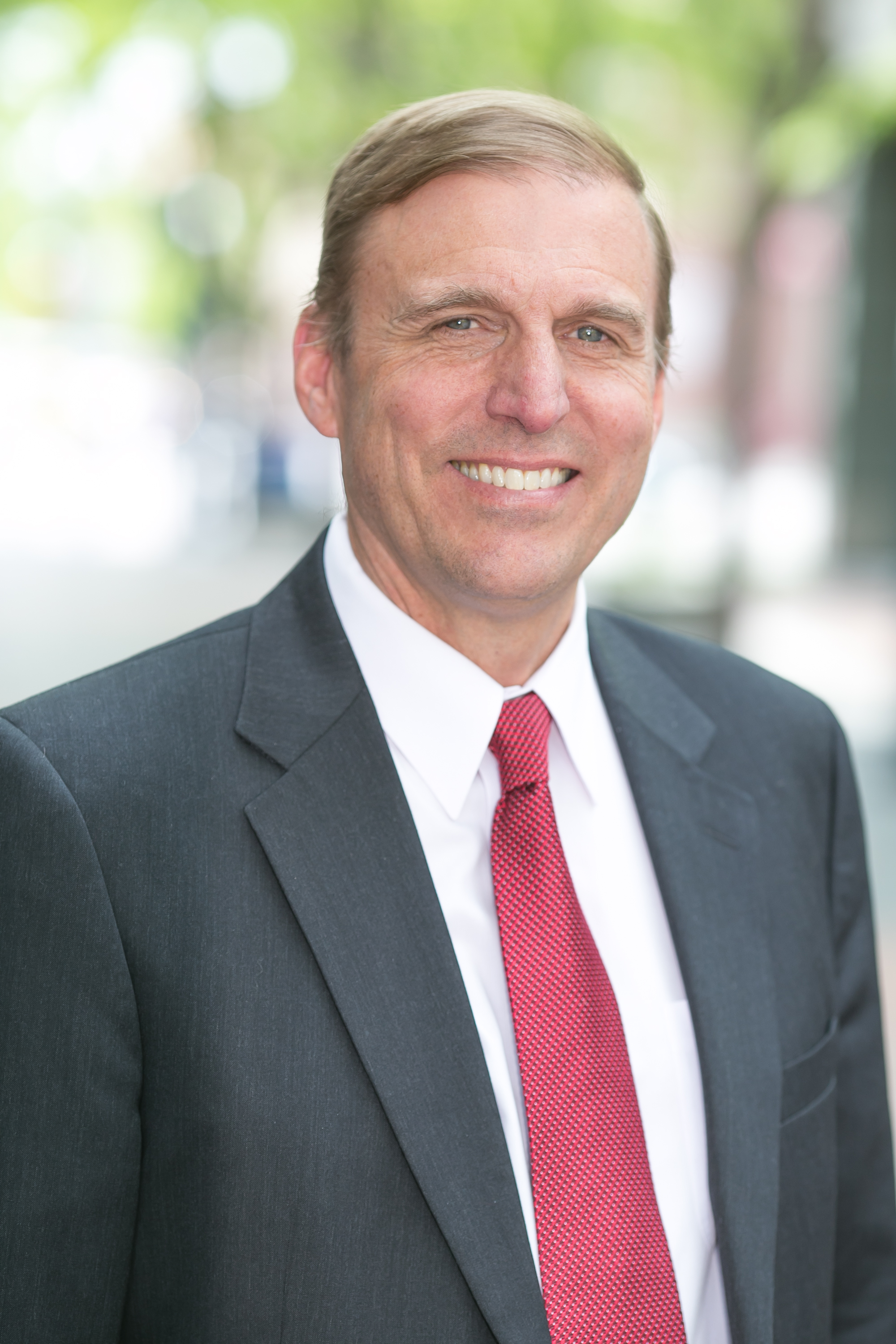The Shirt Off Your Back

How Humility and Self-Awareness Save Executive Careers
By Stacy Ennis: An Interview with Whit Mitchell, Executive Coach and Team Dynamics Specialist
On June 16, 1962, eight-year-old Whit Mitchell watched a varsity crew race between rivals Harvard and Yale. Often simply called “The Race,” the rowing event has occurred every year since 1859—except during major U.S. wars—and the winning crew earns a trophy and a year’s worth of honor and bragging rights.
Crew is an awe-inducing event to witness: oars moving swiftly and rhythmically, boats fighting to lead the race, bodies struggling to keep a grueling pace. On this particular day, the two boats were juggling places down the four-mile stretch, and Whit watched closely, straining his eyes to see which team would pull ahead at the last second.
“After 20 minutes of rowing, Yale won by a second, so it was this much ,” Whit remembers, holding his hands up to demonstrate the narrow win.
After the boats had crossed the finish line, young Whit watched the rowers bring the two boats together. What happened next has never left Whit’s memory: The Harvard team peeled off their sweat-soaked T-shirts and handed them to the Yale team. Harvard rowed off bare-chested and Yale rowed away with Harvard shirts in their laps.
“To row that hard for nine months, for that one race, and to lose by one second, then have to take the shirt off your back and hand it to the school that is your biggest rival—that takes humility to look them in the eye and shake hands,” he explains.
Whit’s entire life and profession has since been shaped by that race. He rowed as a young man and then began coaching crew at the University of New Hampshire and, later, Dartmouth College. Today, Whit is an executive coach and team dynamics specialist, helping leaders transform themselves, their teams, and even their companies. But he relates most of his coaching strategies back to those early days on the water, helping athletes reach their greatest ability.
“I’ve always made sure my rowing teams look the guy in the eye—win, lose or draw—and shake their hands. If they get a shirt, they’re humble, and if they have to give a shirt, they’re humble,” Whit says. “That’s played a big role in my work as an executive coach.”
Yet Whit notes that coaching executives has some differences. When he made the transition to working with leaders 35 years ago, Whit found that he needed to ask questions and listen more. Instead of the directive style he used with rowers, he became more inquisitive with executives—asking questions that get leaders to observe themselves.
Whit likes to quote one of his former Dartmouth athletes, Sam Kinney, who says, “The leading cause of death of an executive career is a lack of self-awareness.”
“If I can start off by helping people become more self-aware of their intent and their impact on others—good or bad—and get them to see themselves as others see them, open the blinders for them, they’re going to grow and develop at a faster rate,” Whit says. “People have to understand themselves before they get better.”
Whit uses a method called Inner Circle Coaching that utilizes the feedback of five to seven key influencers, people a leader sees daily that can give open and honest feedback. The key, Whit says, is focusing on strengths.
“Ask some close friends or people at work what you do well. Get a good idea what it is, and then figure out a plan to improve your strengths,” he recommends. “Weightlifters go in every day to improve what they’re already good at, and they’re trying to get 10 percent better all the time. What would it take to be a 10 percent better listener, 10 percent more patient, 10 percent more positive in your work? Think what might happen.”

